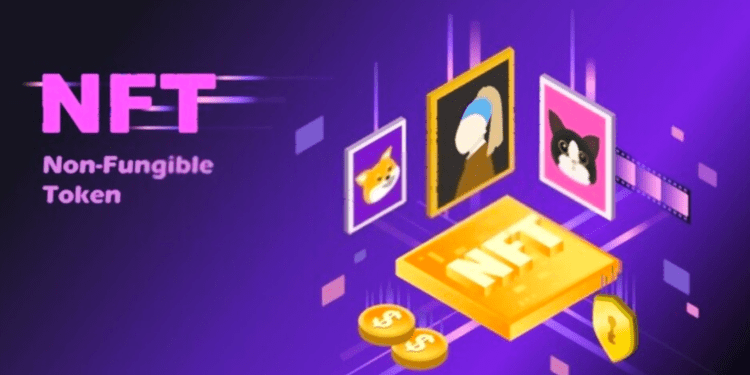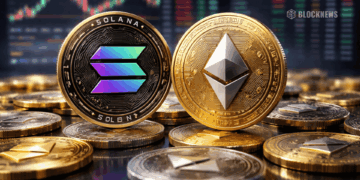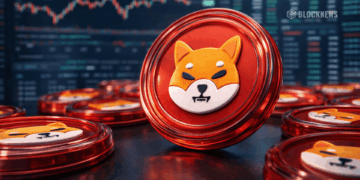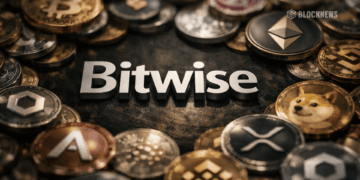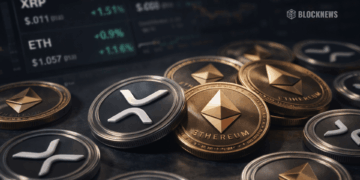The desire for NFTs has only soared since they first got introduced in 2012 as ‘Colored Coins‘ built for distribution on Bitcoin before the creation of Ethereum. NFT values have scaled beyond the expectations of its first creators as they have infiltrated the financial sectors of almost every country in the world.
Traders, investors, and art enthusiasts crave owning an NFT or a collection of NFTs. However, not many people know there are different types of NFTs to be minted, traded, and acknowledged.
What Is NFT?
NFT (Non-Fungible Token) is a cryptographic property on a blockchain with attached unique codes and metadata, which makes them distinguishable from each other. NFTs are different from cryptocurrencies because they can’t be exchanged or traded at parity; cryptocurrencies are indistinguishable and can be used similarly for commercial purposes.
With NFTs existing on blockchains, they can erase the need for intermediaries by connecting the audience with their favorite artists and managing identities.
Similar to Bitcoin, NFTs also have ownership information for simple label and transfer among token holders. These holders can include metadata or characteristics involving the assets in NFTs.
Types of NFTs
NFTs have taken over both the physical and virtual world, creating a platform by which anyone interested in Web3 can express themselves and their assets in the form of an NFT.
Although famous NFT arts such as Everyday, Bored Ape Yacht Club, and CryptoPunks are taking center stage, most have assumed that NFTs are all about skills and drawings. That notion is inaccurate because there are more than just drawings in NFTs. Here are the seven types of NFTs you should check out that span beyond digital arts:
1. Domain Names
Obtaining an NFT domain is one of the easiest yet unrecognized forms of website ownership. NFT markets have developed a platform where traders looking to own a website can buy them from a seller who has it locked in a wallet. The buyers must connect with the site owner with the domain in their wallet, trade, and acquire the website without any renewal fees. The best feature about NFT domains is that once bought. They belong to the owner for life. Also, they erase the middleman or any third party usually involved in the regular buying and selling of websites. Examples of NFT domain providers are Unstoppable Domains and Ethereum Name Service.
2. Virtual Fashion
Thanks to the metaverse, fashion enthusiasts also do not miss out on NFTs. It allows traders to play dress-up with their digital avatars in outfits suitable to their preferences. NFT Wearables caters to the desires of those who would like to promote the aesthetics of their avatars in the metaverse by enabling them to buy fashion accessories and clothing for their avatars.
3. Sports Moments
Every sports fan dreams to re-watch that golden moment of their favorite sports athletes scoring a goal or making a slam dunk. Although the price of these NFT gifs and short video clips varies based on the popularity and skills of the athlete, NFTs in sports are mainly about the rush from owning those thrilling scenes in a fan’s wallet.
4. Physical Assets
Real-world NFT assets don’t get as much publicity as digital arts NFTs which is unfortunate because there is much value to be generated from them with their prospects. NFT tokenization allows users to break down pieces of a physical asset into little pieces and tokenize them, so many people can buy and claim the investment if it is too expensive or beyond an individual’s capacity. Physical assets include a car, house, book, watch, and more.
5. Media Files
Primarily, NFTs remove the need for intermediaries in any transactions. With NFT media files like music, artists can fully enjoy the rights and ownership of their NFT without paying record labels or agent fees. Tokenizing music from a fungible product gives artists a larger audience to listen to their music. An example is The Musician Marketplace.
6. Event Tickets
NFTs are multifaceted and can also be used as event tickets that validate people’s entry and identity. Hosts of events like music festivals and concerts can exploit a specific blockchain to mint the desired amount of NFT tickets.
Conclusion
NFTs are vast and should not be restricted to one form alone. There are many ways to own, trade, and invest in NFTs from digital artworks.


